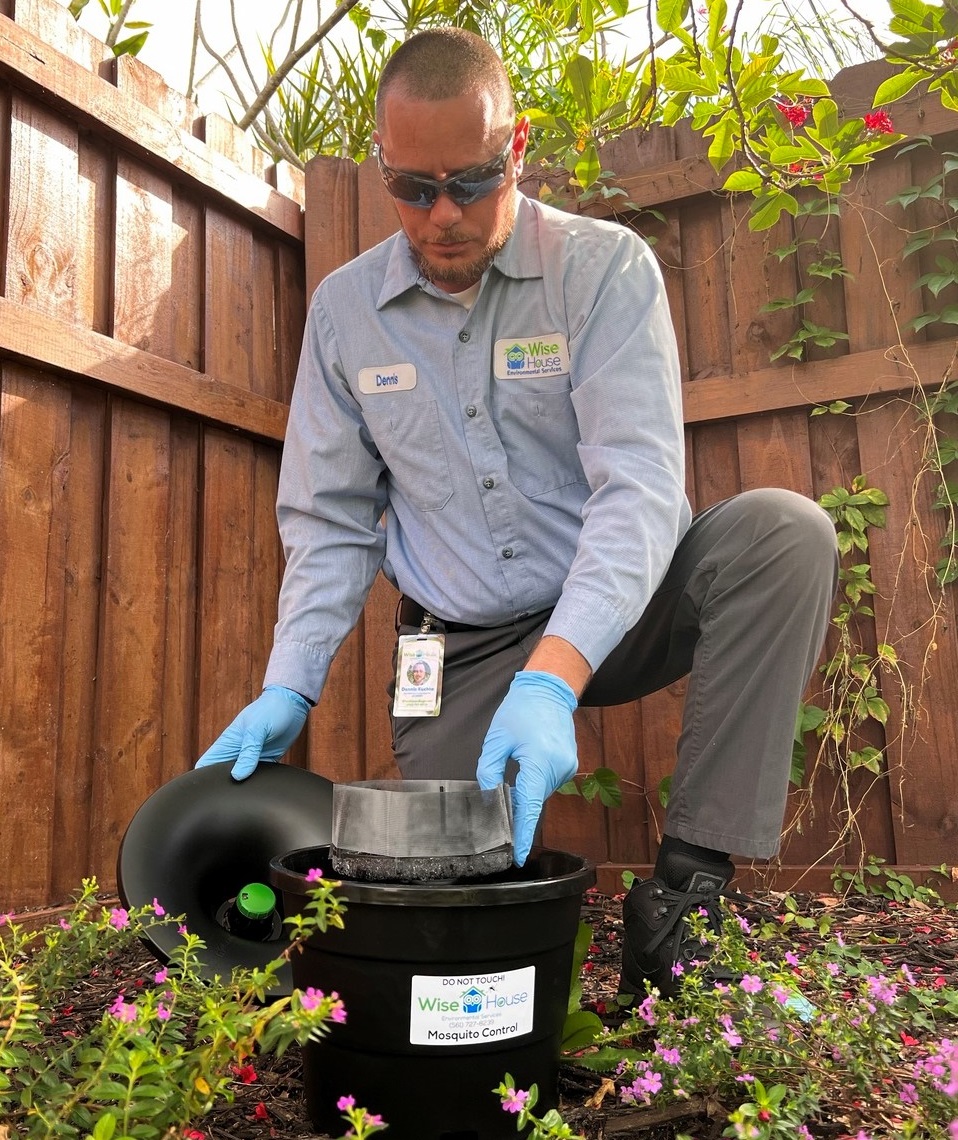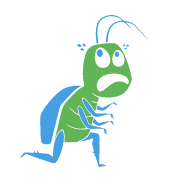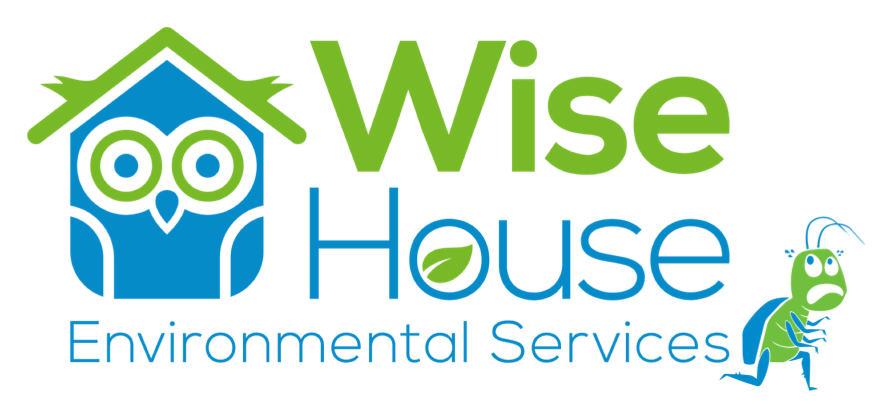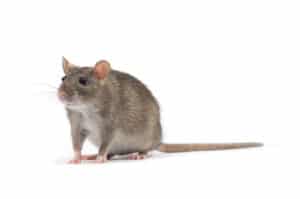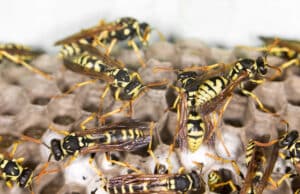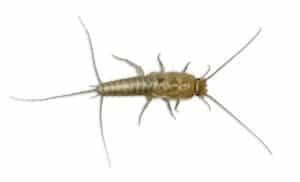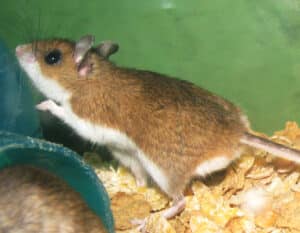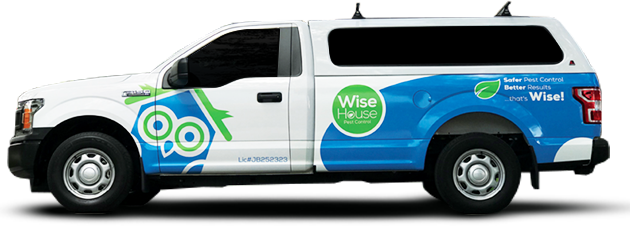Subterranean Termites in South Florida
Reticulitermes spp., Coptotermes formosanus
Silent destroyers that infest dry wood structures, causing significant damage over time.
Pest Stats

Color
Creamy white workers; dark brown to black soldiers and alates

Size
Workers - 1/8 inch; Soldiers - slightly larger; Alates - 1/2 inch including wings

Shape
Elongated, soft-bodied with straight antennae and broad waists

Region
Found throughout South Florida, especially in moist, shaded areas and near wooden structures
What Are Subterranean Termites in South Florida?
Subterranean termites in South Florida are highly destructive pests that nest in soil and create mud tubes to reach wooden structures. Unlike drywood termites, subterranean termites rely on constant moisture from the soil to survive. Their extensive underground colonies can contain millions of termites, making them one of the most aggressive termite species in the region.
Read More
How to Identify Subterranean Termites in South Florida
Identifying subterranean termites in South Florida is essential for implementing targeted control measures. Here’s how to spot them:
- Color: Workers are creamy white, while soldiers have dark, hardened heads with strong mandibles. Winged alates are dark brown or black.
- Size: Workers are approximately 1/8 inch long, soldiers are slightly larger, and alates can reach up to 1/2 inch, including wings.
- Wings: Alates have two pairs of wings of equal length, translucent with veins.
- Mud Tubes: Subterranean termites construct mud tubes along foundations, walls, and structural wood to protect themselves from predators and retain moisture.
- Frass: Unlike drywood termites, subterranean termites do not leave behind pellet-shaped frass but instead excrete liquid-like fecal matter.
Similar Termites
- Formosan Termites
- Drywood Termites
- Dampwood Termites
Where Do Subterranean Termites Live in South Florida?
Subterranean termites are primarily soil dwellers, but they can also establish nests in areas with consistent moisture. Common nesting sites include:
- Beneath Foundations: Termites build extensive tunnel systems under concrete slabs and basements.
- Wood-to-Soil Contact: Wooden structures, such as decks, fences, and utility poles, provide easy access to termites.
- Moisture-Rich Areas: Leaky pipes, clogged gutters, and damp crawl spaces are ideal nesting spots.
- Mulch and Landscaping: Organic mulch, wooden planters, and landscape timbers attract termites seeking cellulose.
What Do Subterranean Termites Eat in South Florida?
- Structural Wood: Beams, floor joists, wall studs, and subflooring.
- Wood Debris: Fallen branches, stumps, and wooden construction waste.
- Paper Products: Cardboard boxes, books, and paper stored in basements and attics.
- Mulch: Organic mulch and decaying plant material near the foundation.
Termites use their sharp mandibles to chew through wood, hollowing it out from the inside. This feeding pattern often goes undetected until severe damage is done.
Are Subterranean Termites Dangerous in South Florida?
While subterranean termites do not pose direct health risks to humans, their ability to cause extensive structural damage makes them a significant threat. Here’s why:
- Structural Weakening: Termites hollow out wooden beams, compromising the integrity of floors, walls, and ceilings.
- Costly Repairs: Repairing termite damage can cost thousands of dollars, especially if the infestation is widespread.
- Electrical Hazards: Termites tunneling through wooden structures can also chew through electrical wiring, increasing the risk of short circuits and fires.
- Decreased Property Value: Homes with known termite damage may suffer from decreased property values and higher insurance premiums.
Photo by Judy Gallagher, licensed under CC BY 2.0.
Management of Subterranean Termites in South Florida
Controlling subterranean termites requires comprehensive treatment and ongoing monitoring. Effective treatment methods include:
- Soil Treatments: Termiticides are applied to the soil to block entry points and eliminate termite colonies.
- Bait Stations: Termite bait systems attract and poison foraging termites, ultimately destroying the colony.
- Wood Treatments: Borate-based products are applied to wooden structures to prevent termite infestations.
- Monitoring Stations: Regular inspections help detect termite activity early, preventing severe structural damage.
5 Ways to Prevent Subterranean Termites in Your Home
These proactive steps will help keep them away, but if you’re still seeing signs of these termites, the professionals at Wise House Environmental Services are just a call away.

Reduce Moisture Levels
Fix leaking pipes and maintain proper ventilation to prevent excess moisture buildup.

Store Firewood Away From the House
Keep firewood, lumber, and wooden debris at least 20 feet away from the foundation.

Seal Cracks and Gaps
Use caulk and weather stripping to close potential entry points around doors, windows, and the foundation.

Install Termite Barriers
Apply chemical barriers or bait stations around the perimeter to deter termite activity.

Inspect Wooden Structures Regularly
Check for mud tubes, hollow-sounding wood, and swarming termites in basements, crawl spaces, and attics.
Need Subterranean Termite Control in South Florida?
If you suspect a termite infestation, Wise House Environmental Services provides expert inspections, targeted treatments, and comprehensive prevention plans to keep your home termite-free.
Contact Wise House Environmental Services at 1-800-283-1559 for more information and a free quote on ant control services.
5 Ways to Keep Subterranean Termites Out of Your Yard
Following these tips can help prevent Drywood Termites from becoming a problem. If they’re still persistent, Wise House Environmental Services is ready to provide professional support and keep your home ant-free.
Prevent subterranean termites from nesting near your home with these outdoor strategies:

Eliminate Wood-to-Soil Contact
Raise wooden decks, fence posts, and planters to prevent direct access to wood.

Monitor Mulch Beds
Avoid excessive use of mulch near the foundation, and consider using gravel or stone.

Remove Dead Wood and Debris
Clear fallen branches, tree stumps, and old lumber from the yard.

Keep Gutters and Downspouts Clean
Direct water away from the foundation to prevent moisture accumulation.

Inspect Outdoor Wooden Structures
Regularly check wooden fences, sheds, and gazebos for signs of termite activity.
Our Customers Love Us!
See What They Are Saying


- Michael C.

- John U

- Benjamin N.

- Bob G.

- Aaron C.
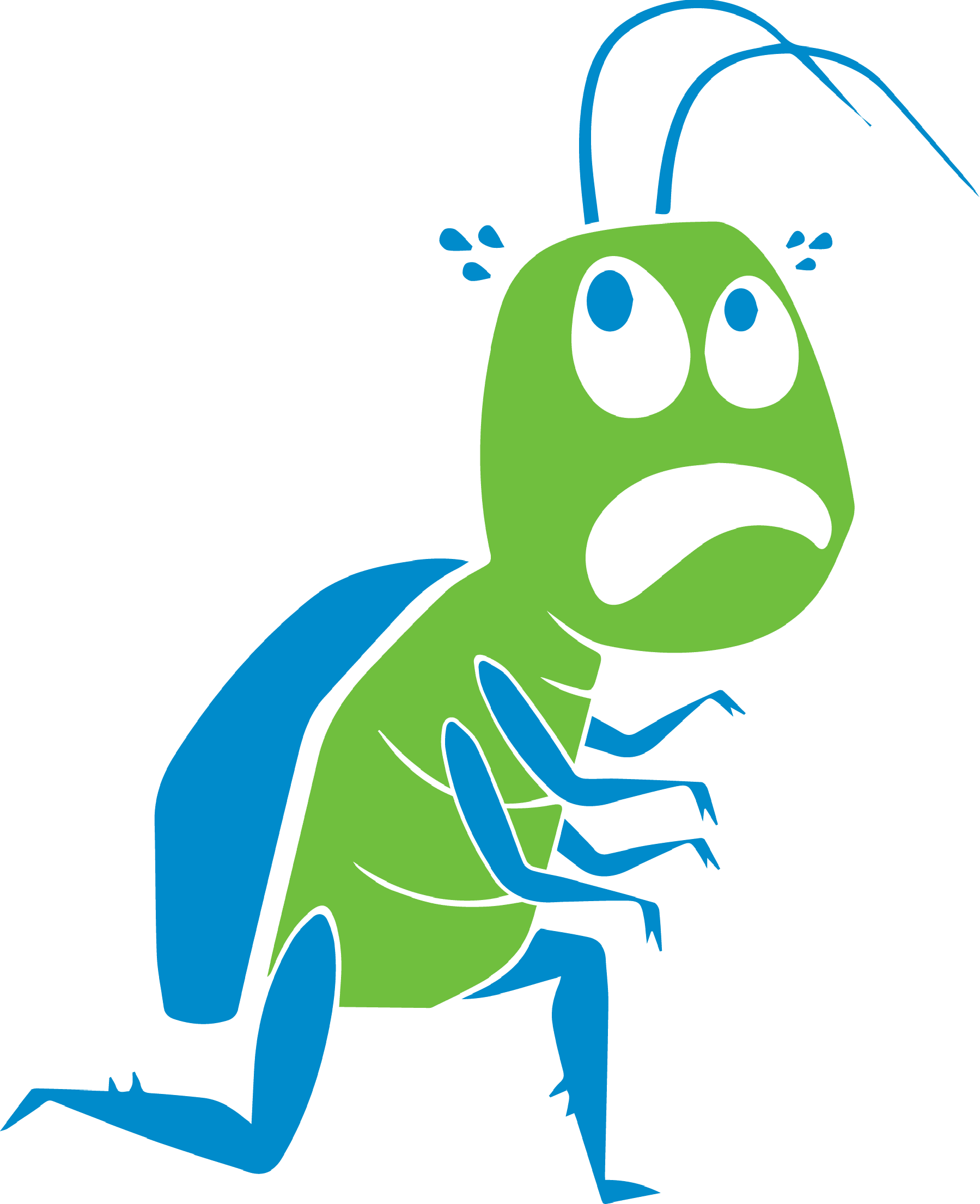
Dedicated To Being The Pest Control Company You Can Rely On
Request a professional estimate!
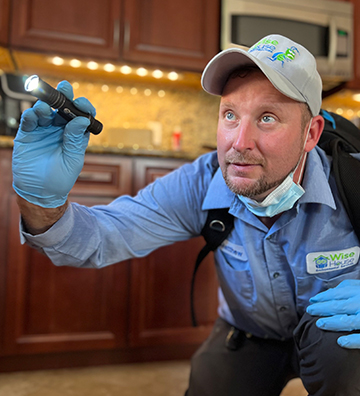
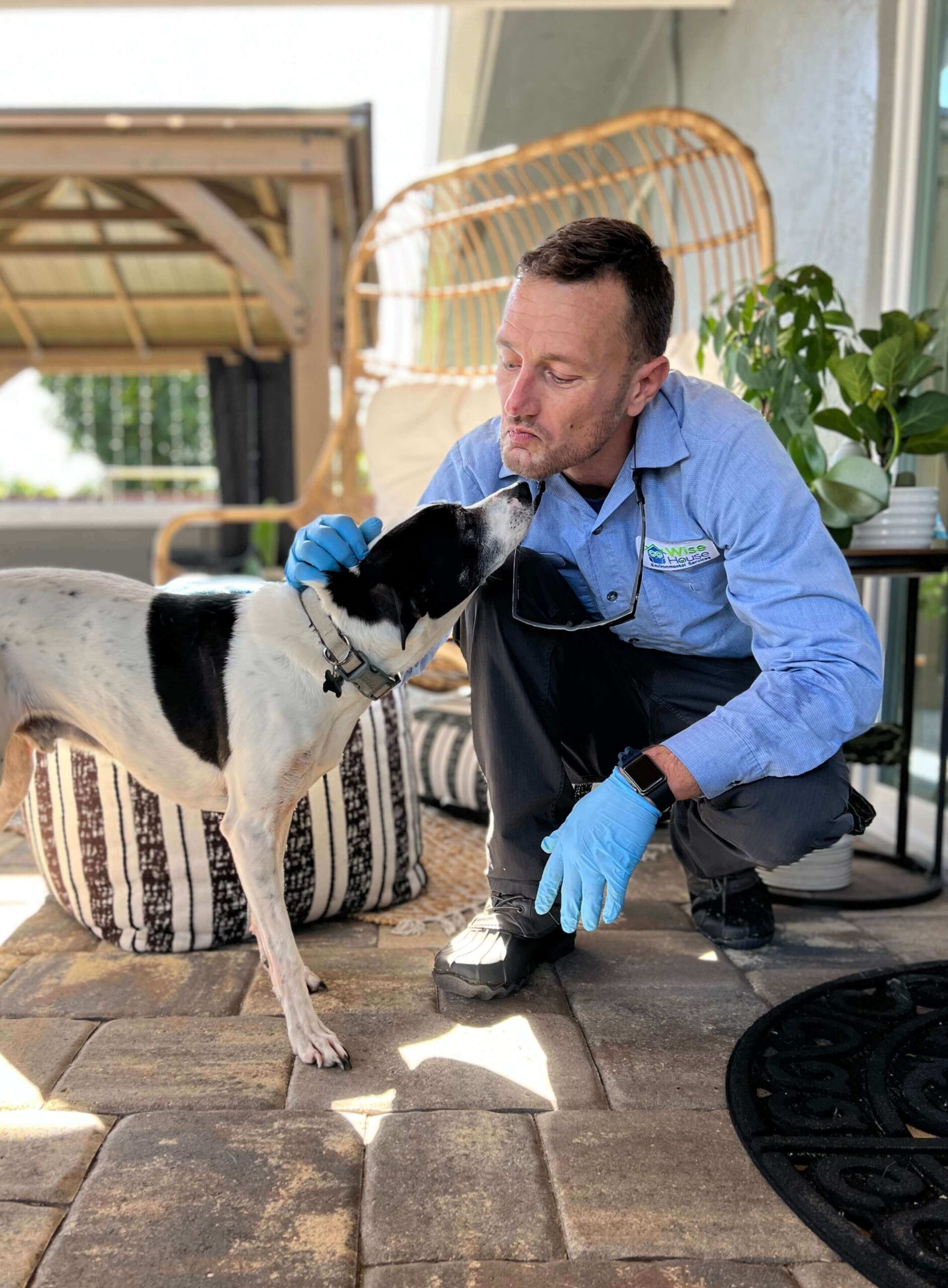
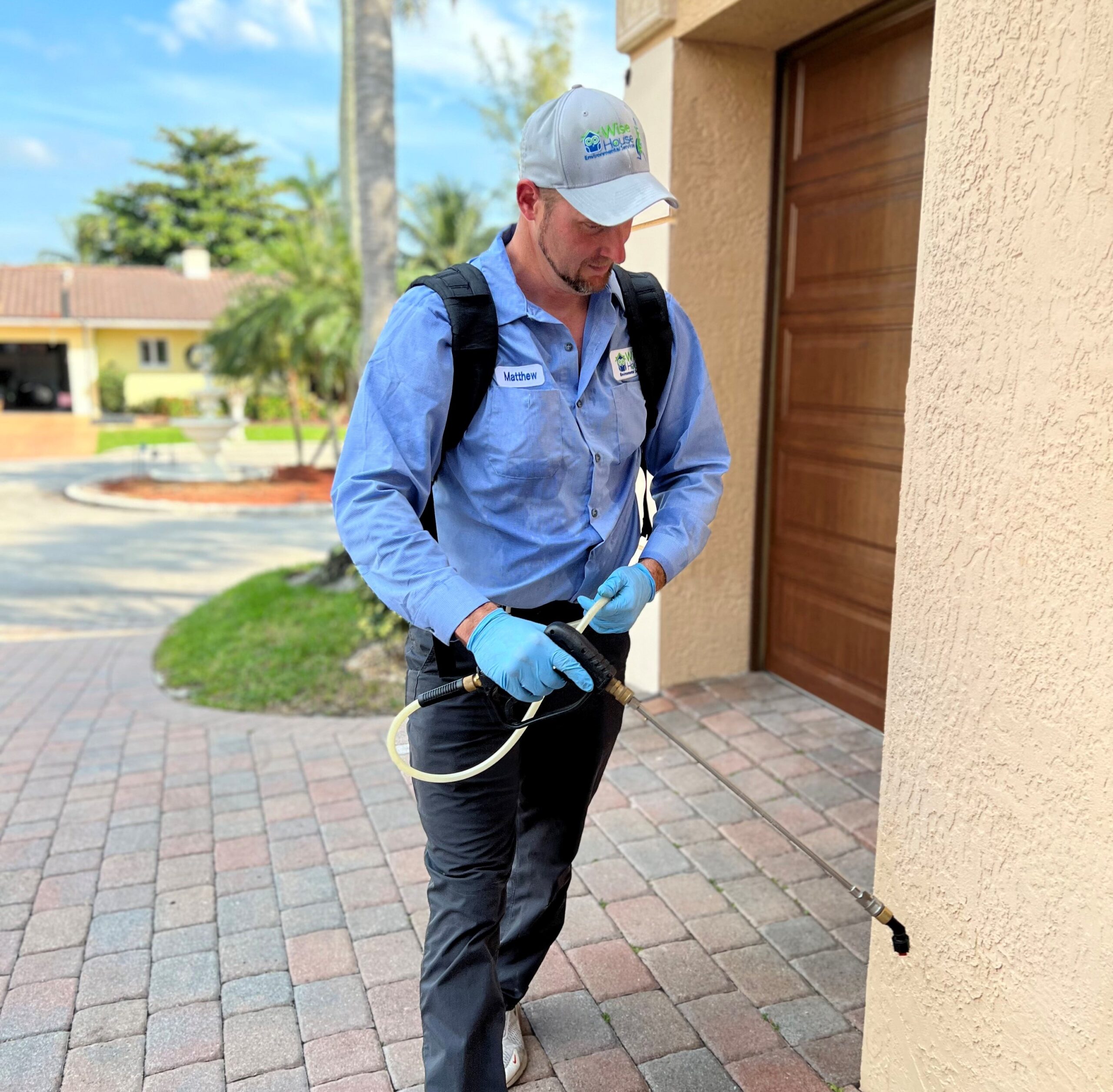
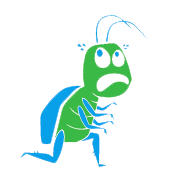
Request a Profesional Ant Quote!
Get an estimate!
